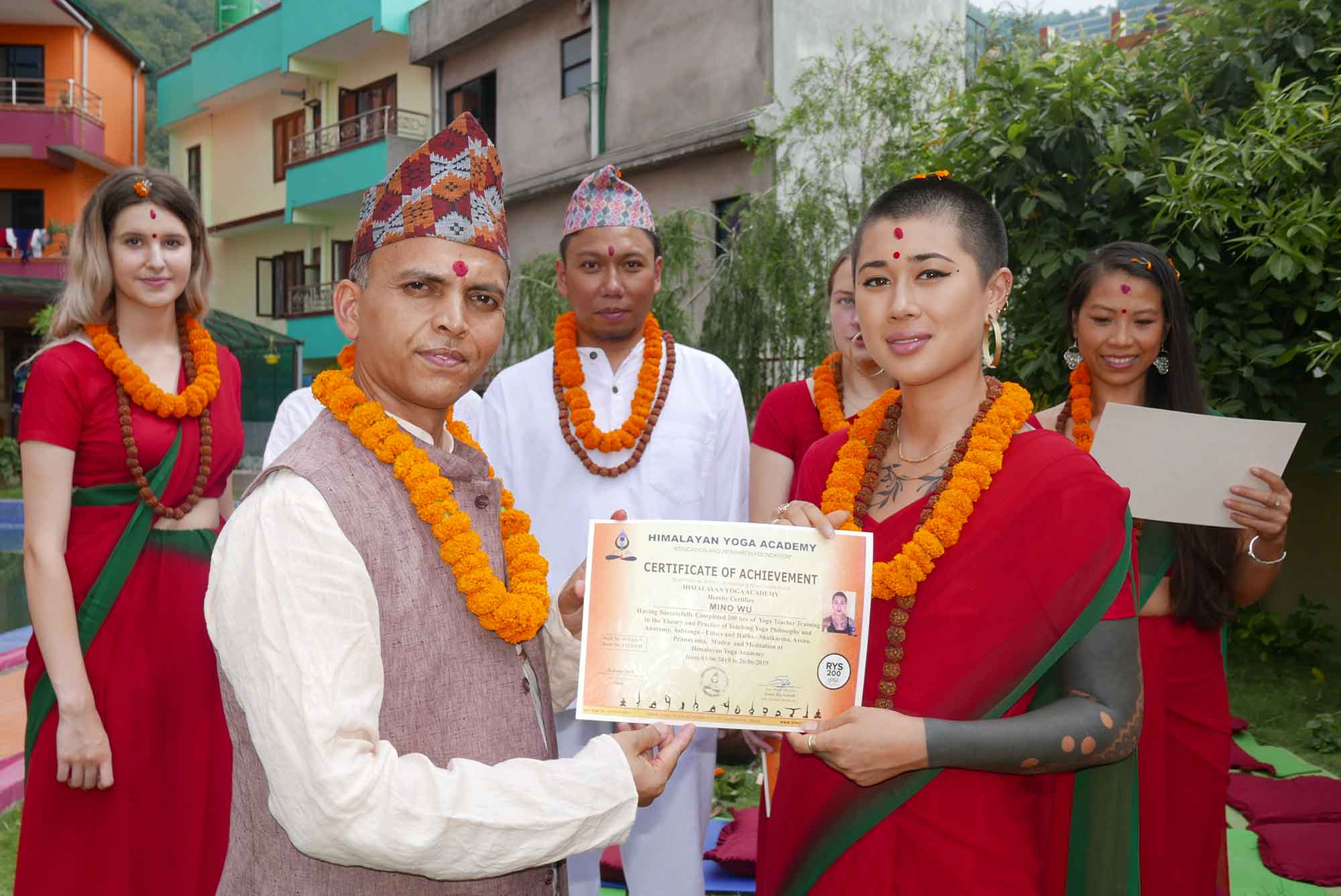
5 Jul 2020 HYN Himalayan Yoga Academy
“HAPPY GURU PURNIMA ”
“AUM GURU PARAMATMANE NAMAH”
The Sanskrit words āchārya and guru both have the meaning of ‘Master’. The etymology of āchārya is generally supposed to derive from āchāra, right conduct or true attitude, or from ācharati, to approach, to go to as for instruction, or from āchinoti, to accumulate knowledge, wealth or merit.
Guru is a Sanskrit word that means “destroyer of darkness”, or “dispeller of darkness,” from ‘gu’, which stands for “darkness,” and ‘ru’, which stands for lightness, “that which dispels. Although used in modern dialogue to indicate an expert at something, mastery over mind, a true guru has attained self-mastery, which is complete control of the ego, thoughts, and communion with universal Consciousness.
However, the two words had separate origins, and to attribute equal semantic value to these synonymous words may efface the subtle nuance attached to each. In the pages which follow, we will examine briefly the passages where these words occur, bring to light the aspects in which the two words distinguish themselves from each other, and ascertain several distinctive connotations of both words as mentioned above.
Who is Guru?
A guru (Sanskrit: गुरु) is a person or source who is regarded as having great knowledge, wisdom, and authority in a given area, and uses it to guide others. The word comes from Sanskrit Gu, darkness, and Ru, lightness (prakash); literally, a preceptor who shows others knowledge (light) and destroys ignorance (darkness). Guru provides not only skills, but also the whole light of life. Guru teaches how to live. So, parents are called the first Guru in life. Because of this state of realization (enlightenment), a guru is uniquely qualified to lead other spiritual seekers on their inward journey toward divine Self-realization.

Prof. Dr. Ishwar Bhardwaj – Professor at Gurukula Kangri University
Yoga Charya of True Guru
Guide – They become true guide in life.
Understanding – They should have good understanding for sharing true knowledge to disciples.
Respectful – They will never force their will on anyone or expect someone to renounce his/her free will.
Usable – They are source of learning, wealth, and awareness for learners.
Humble – They want nothing for their own gain, only the good of the student.
Honest – They are not seeking blind obedience or a cult-like following.
Peaceful – They are unflappable because their egos have no personal motive and calming.
Kind – They exhibit pure, unconditional love, compassion, and goodwill for all.
Discerning – They do not use spiritual powers (siddhis) for show.
Compassionate – They work freely, tirelessly and selflessly for others.
Virtuous – They do everything to all righteously
Self-controlled – They can enter the unblinking, un-moving, stilling, non-breathing state of Samaadhi at will.
Culture
Guru Purnima is the day when the disciple wakes up and expresses gratitude by praying and worshiping. The purpose of the Guru Purnima (or Purnima) celebration is to review the preceding year to see how much one has progressed in life, to renew one’s determination, and to focus on one’s progress on the spiritual path.

Guru Puja (literally “worship of the guru”) is the practice of worshiping the guru through the making of offerings and requesting inspiration and guidelines from the guru. Vows and commitments made by the disciples, who might have lost their strength, are renewed.
Guru Bhakti (literally “devotion to the guru”) is considered important in many schools, universities, and especially spiritual institutions.
“OM Guru Devo Bhavah”
Om Shantih! Shantih!! Shantih!!!

Guru – Mina Raj Aryal – Respected Senior Guru on my School Life
